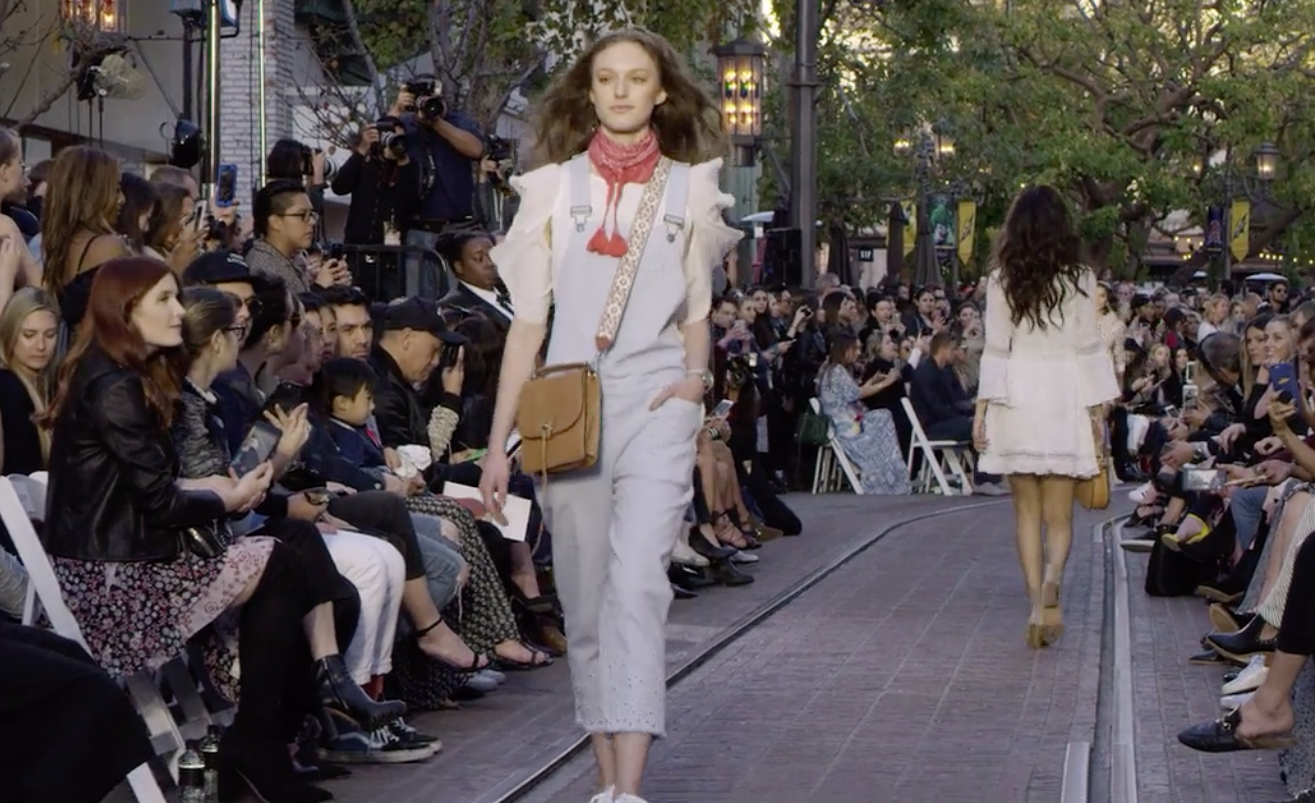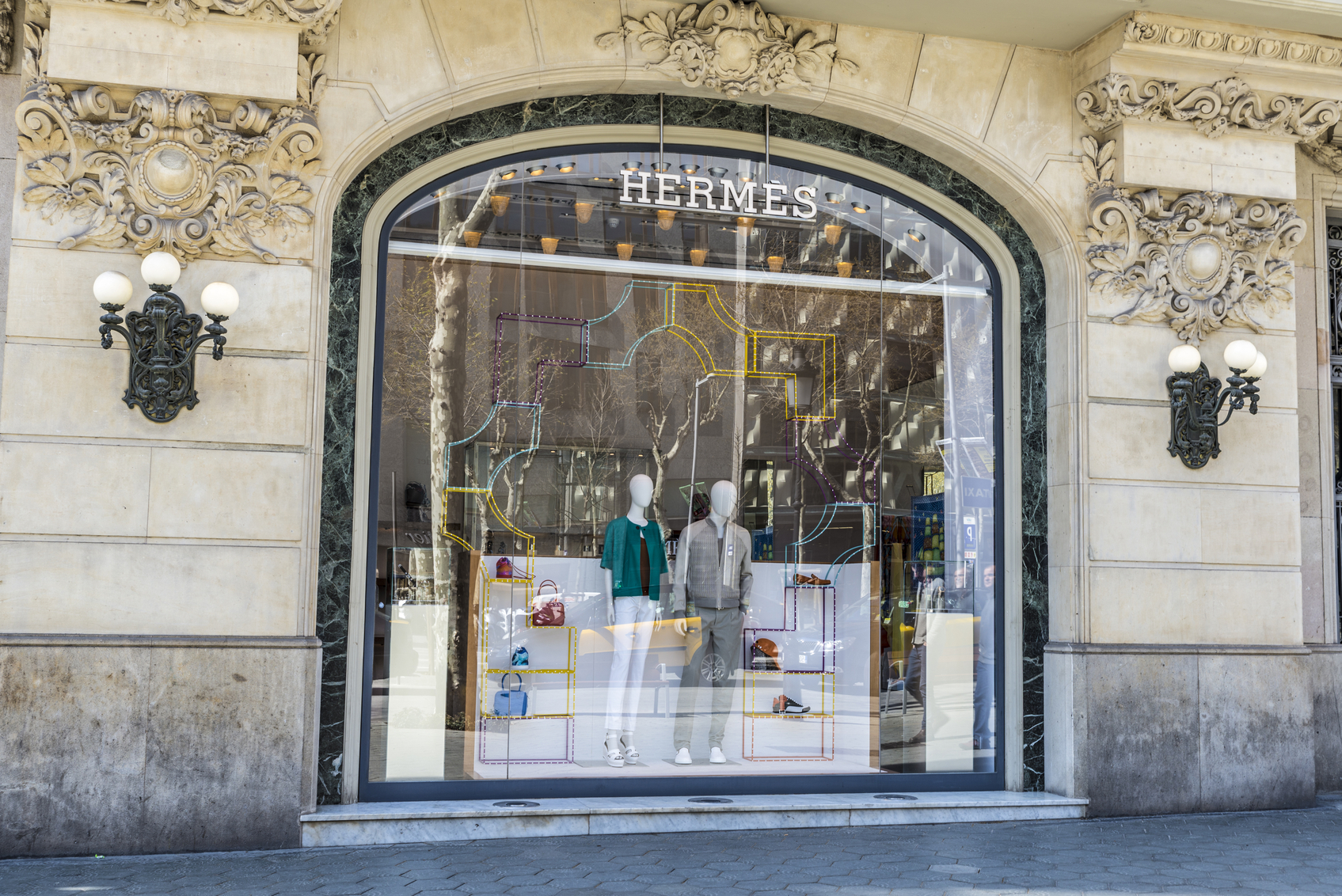What Happened
On Friday, retail recommendation engine and chatbot maker Mode.ai launches a bot on Facebook Messenger that can find similar-looking fashion apparel items for users based on photos they submit. Mode.ai trained the bot’s AI engine with millions of pictures of products from online retailers, and if you like what it suggests, the bot also lets you shop directly from a number of fashion retailers like Levi’s, Louis Vuitton, Ann Taylor, as well as Amazon. In addition to its own bot, Mode.ai plans to offer computer vision services to several retailers and fashion publishers to be announced during F8, the upcoming annual conference for Facebook developers.
What Brands Need To Do
This new Mode.ai bot is a good example of how product discovery may work in the near future where AI-powered smart assistants are able to use the camera of your mobile devices to see what you are seeing. The surging prominence of visual input is set to bring a new set of opportunities and challenges that brands will need to learn to navigate in order to adapt to the shifting consumer behaviors. As computer vision technology continues to mature, it opens up new use cases for brands to create new user experiences supercharged by cognitive ecommerce engines like Mode.ai.
How We Can Help
The Lab has extensive experience in building Alexa Skills and chatbots to reach consumers on conversational interfaces. So much so that we’ve built a dedicated conversational practice called Dialogue. The NiroBot we built in collaboration with Ansible for Kia is a good example of how Dialogue can help brands build a conversational customer experience, supercharged by our stack of technology partners with best-in-class solutions and an insights engine that extracts business intelligence from conversational data.
If you’d like to learn more about how to effectively reach consumers on conversational interfaces, or to leverage the Lab’s expertise to take on related client opportunities within the IPG Mediabrands, please contact our Client Services Director Samantha Barrett ([email protected]) to schedule a visit to the Lab.
Source: VentureBeat










